Iberian Lynx Facts
- The Iberian Lynx represents a truly beautiful species of wildcat currently only found in a small section of western Europe. That gives it an unfortunate status. The IUCN presently lists this beautiful animal as Endangered, on its published Red List.
- Currently, the primary threats to its continued existence include such factors as habitat loss and a significant reduction of its natural prey. Most regretaably, the gorgeous mammal now faces a somewhat unique threat to its continued existence.
- This occurs due to the fact that two separate diseases have significantly reduced the amount of available prey for the gorgeous wild feline. Concerted efforts by associations such as the EU LIFE-Nature project, however, do currently remain underway.
- For the moment, these ongoing rescue efforts include captive breeding and reintroduction programs. Partly due to these awesome efforts, the known population numbers of the beautiful Iberian Lynx in the wild appear to be on the rise.
- But quite lamentably, that known population still remains at only 309 individuals. This still leaves it highly vulnerable to its many threats. That’s worse, since it also now faces the threat of climate change, much like many other species around the world.
Related Articles
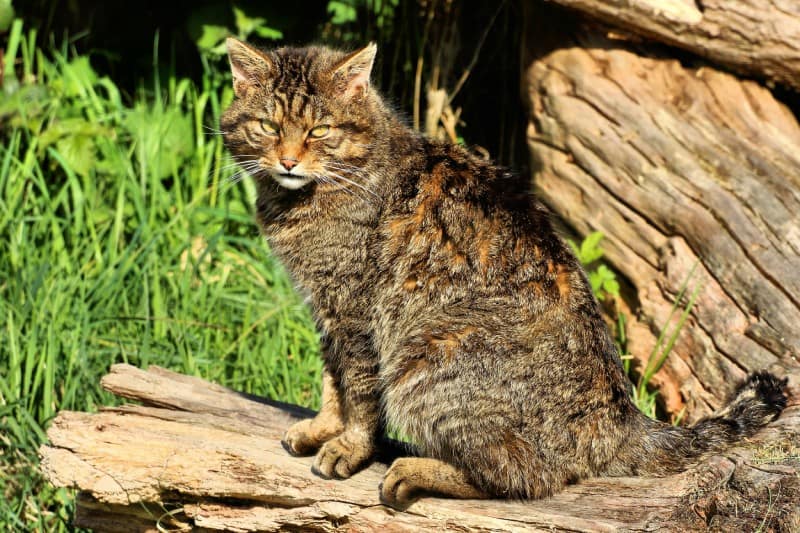
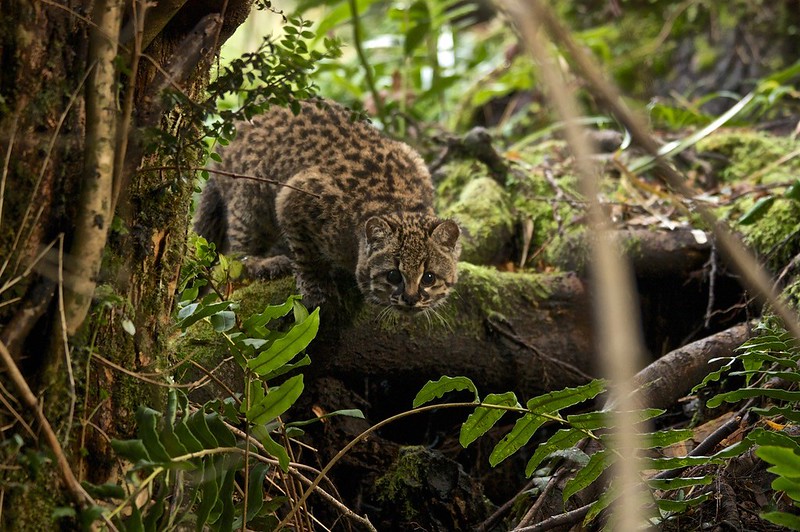
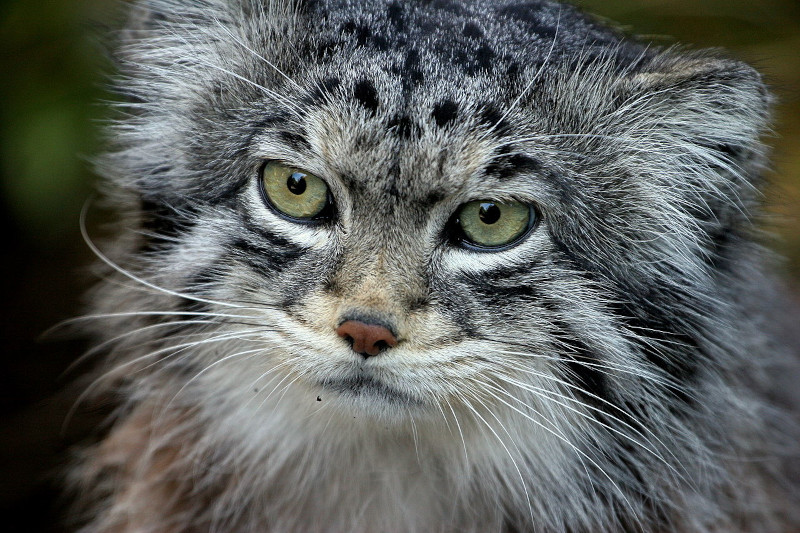
Iberian Lynx Physical Description
With its wondrous appearance, the Iberian Lynx attains an average head and body length of roughly 43 in (110 cm). The tail stays relatively short in comparison with other species of wildcat. Individuals also average about 12 in (30 cm) in length.
This particular variety of lynx also displays a moderate degree of the characteristic of sexual dimorphism, much like many of the related species. Though the lengths remain similar between the genders, the male develops significantly stockier in its build.
The male additionally averages nearly 28 lb (13 kg). The female of the species, though, averages around 21 lb (9.4 kg) in weight. The legs of the Iberian Lynx grow relatively long. Like other species of lynx, the ears on this impressive have a prominent tuft.
This Iberian Lynx also presents a magnificent color scheme, making it impossible to confuse with others. The coloring generally appears tawny, with dark spots of varying sizes. The muzzles appear slightly more elongated in shape than most varieties of wildcats.
- Kingdom: Animalia
- Phylum: Chordata
- Class: Mammalia
- Order: Carnivora
- Family: Felidae
- Genus: Otocolobus
- Species: O. manul
Iberian Lynx Distribution and Habitat
Fossil evidence also indicates that the Iberian Lynx has never had a significant endemic range. Luckily, that range remains sufficient for it. It once inhabited a range that encompassed a region that included portions of what is now France, Portugal, and Spain.
Currently, the remarkable mammal is only known to exist in two areas in Andalucia, Spain. Only two known breeding populations remain. Much of what previously constituted its natural habitat range has now been taken for the construction of roads and dams.
The Iberian Lynx has decided habitat preferences. It generally prefers to inhabit regions of open grassland mixed with areas of dense shrubbery. Presently, its known population is restricted to areas of maquis shrubland, lowland forests, and mountain areas.
Iberian Lynx Ecology
The Iberian Lynx has a specialized diet, consisting chiefly of rabbits. Being smaller than most species of lynx, it remains incapable of attacking larger prey. A male consumes an average of one rabbit per day, while a female with kittens consumes an average of three per day.
This animal also evolved to be rather solitary in nature, as a general principle. The exception to this occurs when mating, obviously. Individuals roam over great distances searching for food, especially with the reduction of local populations of natural prey.
It does follow an overall behavioral pattern similar to most of its realtives, though. That’s because it exhibits a high degree of territorial behavior. That’s most commonly true for males, and females part of the time, but not for them during mating season.
Litters typically consist of 2-3 kittens for the Iberian Lynx. For reasons which remain undetermined, young offspring also become violent towards each other between 30-60 days after birth, raising infant mortality rates. The average lifespan in the wild is about 13 years.
Species Sharing Its Range


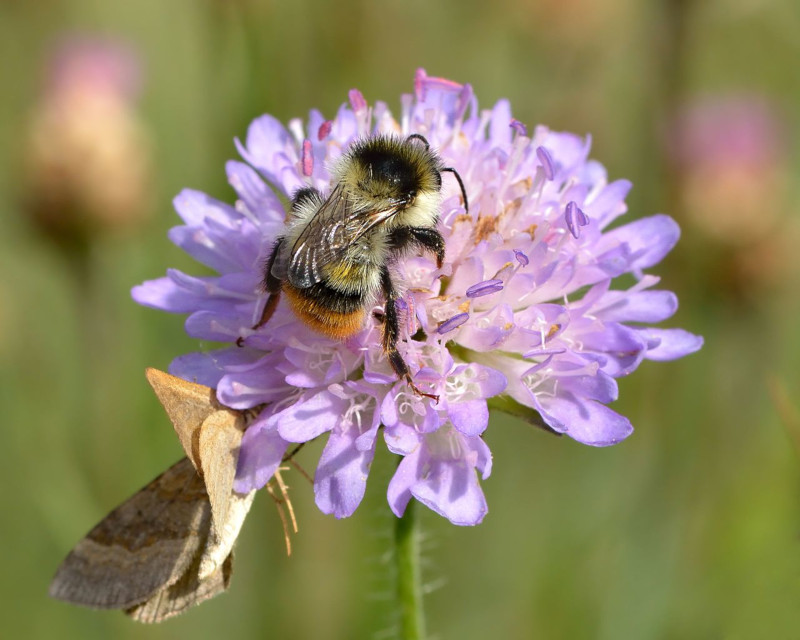
Check out our other articles on 7 Bizarre Ocean Invertebrates, Harpy Eagle, Multnomah Falls, Iridescent Bark Mantis, Leatherback Sea Turtle, Lady Slipper Orchid, Culpeo, Weedy Seadragon
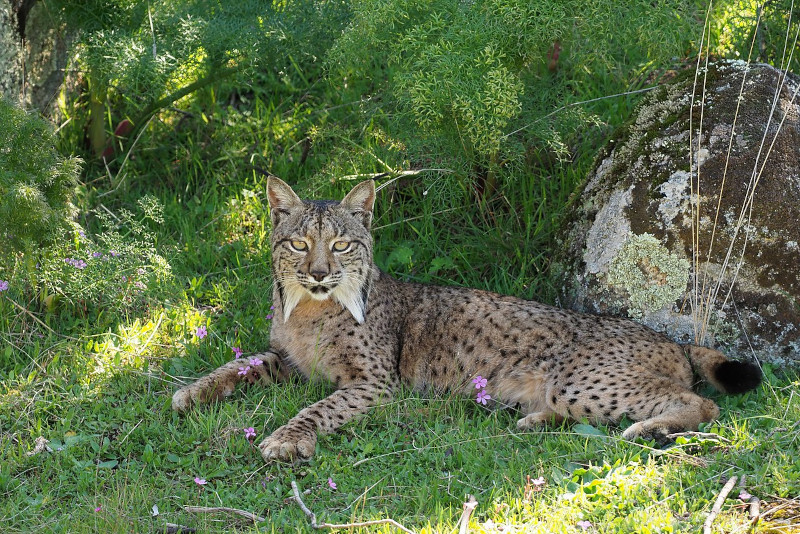
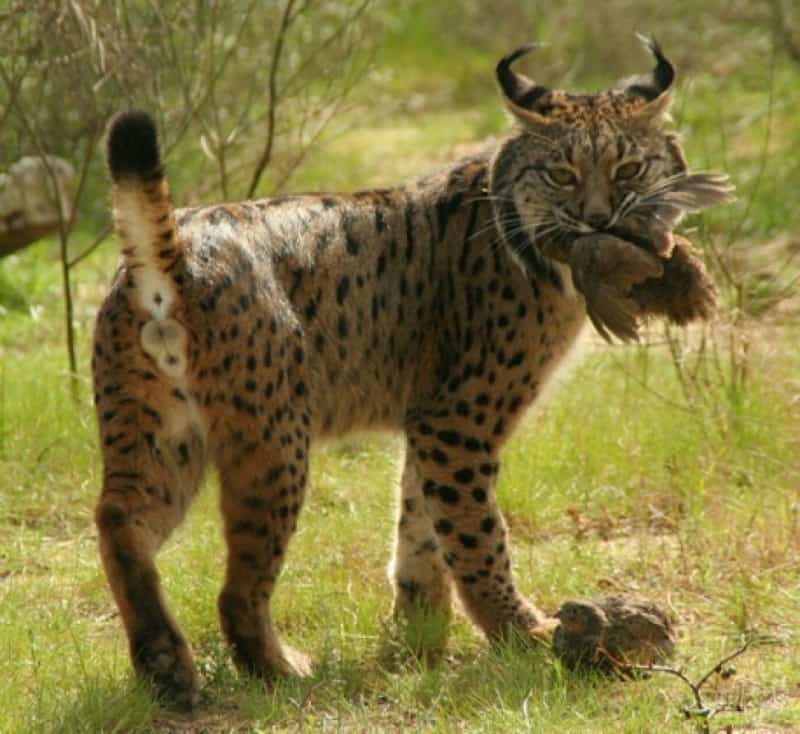
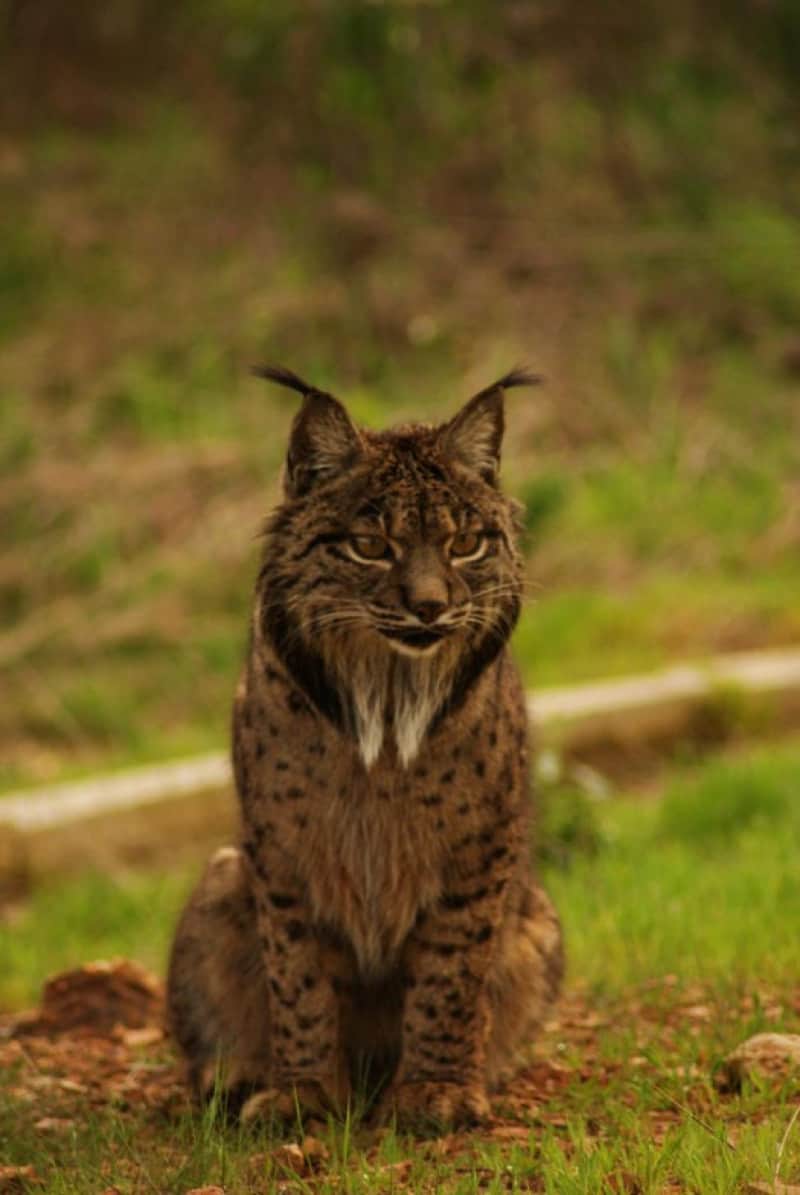
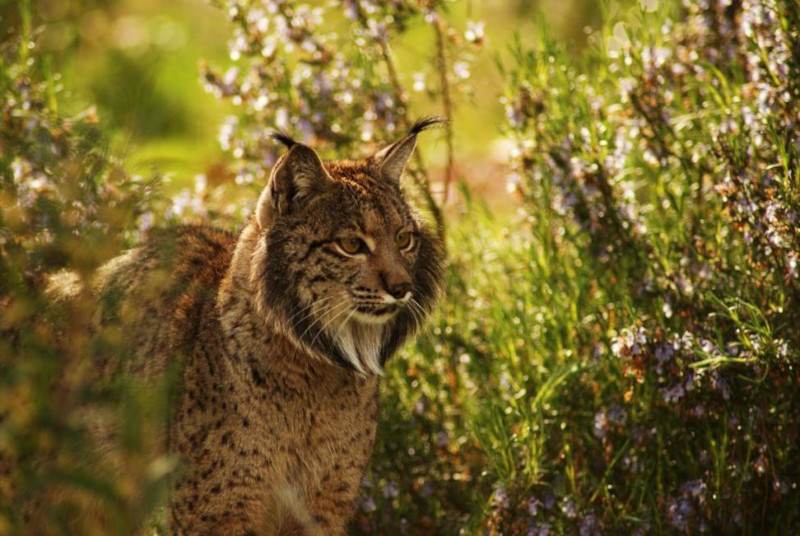









Leave a Reply